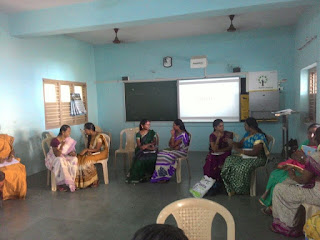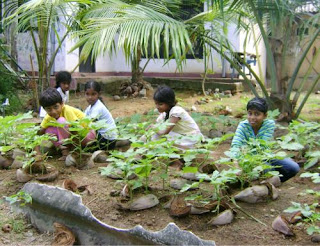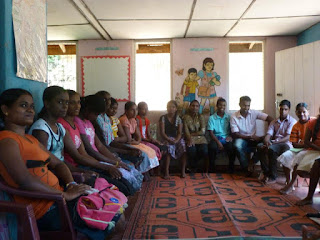Why are you you? Identities we are, Identities we live with

When I came across this tag-line in a beach I visited some time ago (Abu Dhabi) , I was attracted towards it, so I decided to to use it an interesting way to organize ourselves when we engage in our community work. And here is why? I am me and you are you, but what makes me, me and you, you? The question still remains unanswered, what makes you, you? Just by uttering these words doesn’t give a proper answer. It’s just stating a fact without giving any reason. Although, it looks more of a philosophical question, it is very interesting to ponder upon. So, what do you think of this? Let’s see. It is a though provoking way to revisit our identities and of others that has a great impact on us. We all have an awareness of who we are and no matter what language we speak, where we come from, the color of our skin, what we eat, how we dress, we still have different words that help us differentiate ourselves from one another. The concept of ‘individuality’ is well en-grained in all of





